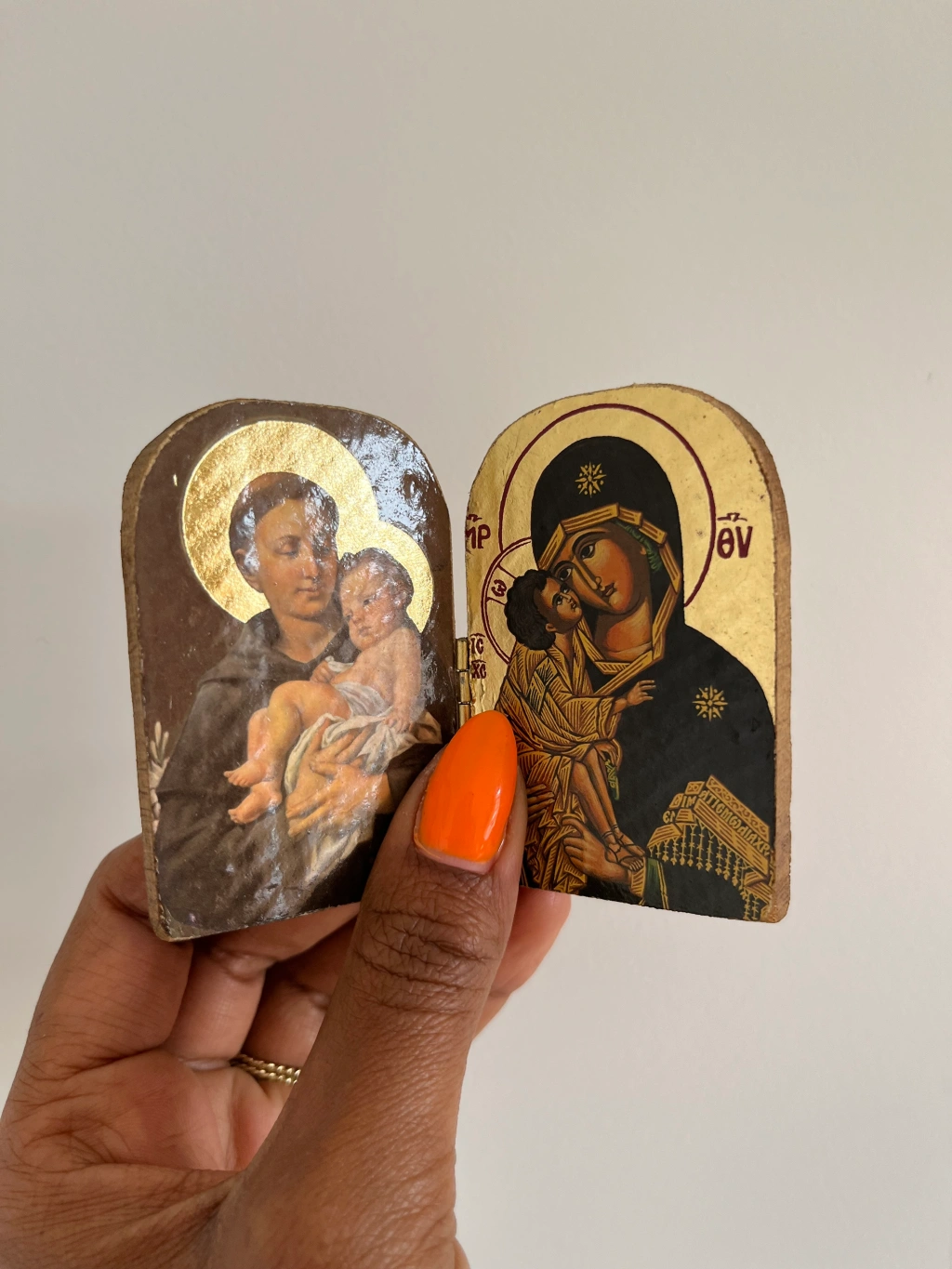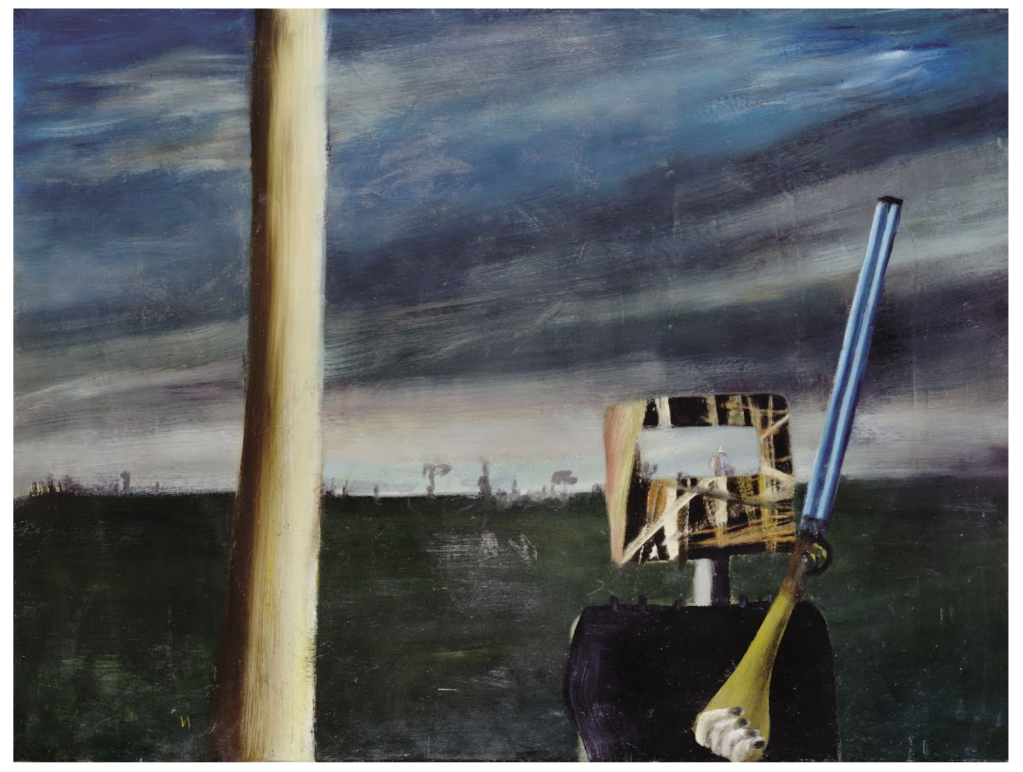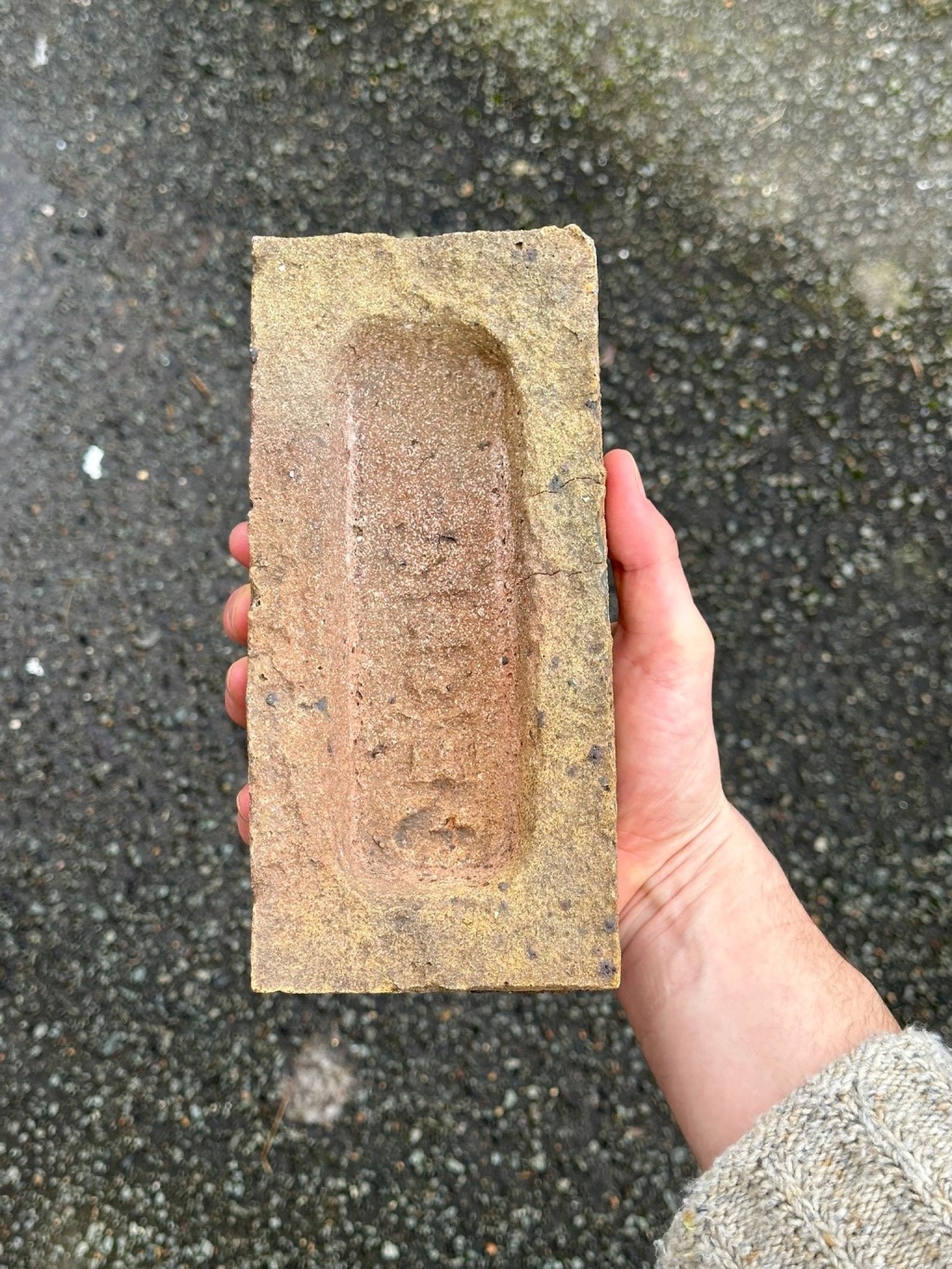
Jess Feury, textile artist, on a piece of Ottoman era fabric.
GB Tell me why you chose this fabric.
JF I chose it because nothing I see in the world ever seems to compare to a an antique find in a flea market, especially when it’s a textile that involves old burnished metal. A lot of old Turkish textiles feel a little more refined and these particular Ottoman ones also have that rustic feel and have the hand in them which I love to see. What I think is really cool about them that inspires me, is that they were made as napkins or towels but they were also worn as waist garments. That’s really aligned with the way I live. All the art in my house is something you can wear or just hang on the wall. This piece is emblematic of the crossover between art and fashion and what I love to make.
GB Do you know what year it would have been made?
JF It’s 19th century. I found it in Alameda flea market in the Bay Area. I lived in California for years. I found another one in a shop that sadly just closed, in Berkeley. It was called Tale of the Yak and that whole shop just felt like this magical, otherworldly place. Otherworldly is a term that really speaks to me. I like things that feel like they’re from another place. For me, it’s about the energy of a piece more than a particular motif or palette.
GB Looking at the overall aesthetic of your world on your website, this really comes across. It made me wonder if you ever worry about where your work ends up in terms of its the energy of the people who buy it?
JF I worked for a hospice for twenty years before I did this full time and I was in a child hospice so I had babies up to young mothers as my patients. One of the things we did was to make artful shrouds that could cover a body during death visits. We made a lot of weavings from the deceased’s clothing and did art shows around that, so I definitely imbued a part of me in that work. There is something about cloth being used in a lot of death rituals and celebratory rituals. It’s integral to a lot of cultures so there’s already that spirit in a cloth, and then when you weave you’re going back and forth, back and forth and it’s hard for my own body not to become part of the fabric. But I don’t feel too attached to it in the end because this work feels like pure joy and fun compared to the hospice work, so it’s more frivolous. But where it does cross the line is when you meet a client or a shop and their energy is somehow nasty, then that’s where I draw the line and I won’t work with them. I do often get letters from people who’ve bought pieces, thanking me and telling me how special the piece is, so that’s very cool. Pieces do often make their way to the right people, I think.
GB When you were working in the hospice did people help to make their own shrouds?
JF Yes, depending on when the patient would come in. So for example, a young mom doesn’t often want to give up on treatment so they wouldn’t come to hospice until they were very close to death so they’d be physically unable to make something, but sometimes there were sessions where I‘d work with children with their moms.
GB Creating something beautiful seems like an important part of having a good death?
JF Yes, specifically for children too, because so much of their language is non verbal. So having something tactile, like a vessel to put their grief into, to be able to do something with their hands, then the idea of laying a shroud over a body is a sort of blessing. I’ve done that for a couple of personal friends too, when they’ve had someone close to them die. That’s something that’s carried into my work.
GB Is part of the beauty of your work in continuing a very old tradition of craftsmanship?
JF I hope so. The kind of weaving that I do is not traditional, although weaving itself is very old. In fact, it was created as a sort of revolution, a resistance to the weaving status quo of conformity and predetermined nature of machine-woven cloth. Misao Jo created Saori Weaving, a movement that she started in Japan in 1969. Her approach was all about the human spirit and the inherent flaws created while working from a place of experimentation and freedom. She found beauty in the flaws and spoke often of the human element and of emotion in her work and imbued this process to her students. It was so aligned with my current work as an art therapist at the time and I was drawn to the freeform, painterly style of approaching fabric. I have since learned that Misao was an Ikebana artist and teacher prior to her learning to weave at the age of 57. This is so inspiring to me as I come back time and time again to floral motifs in my work and find my greatest connection to spirit when I am in the garden.
GB This antique piece you’ve chosen, is this part of a tradition like that?
JF No, the weaving is traditional but the embroidery on top is more freeform, so the women who embroider those pieces would be sitting around in women’s circles and just going for it. The weaving underneath is quite rigid and as napkins became stained the women would beautify them in his way so they could continue to use them. It’s a lovely way to make things sustainable.
GB Are imperfections in things beautiful to you?
JF Yes. I’ve collected vintage clothing since I was in my teen and I had a vintage clothing store when I was in my twenties. The more something has been loved, the more I find beauty in it.
GB So does this antique fabric have that love and that energy?
JF Oh my gosh, it totally does. If you hold it you can almost feel it imprints of other hands on it and on the back everything is tied off. Nothing about it is refined in order to sell it as a commodity. It was truly made for utilitarian purposes and for the sake of being surrounded by beauty. There’s no lining on the back so you can really see the hand in it.
GB What makes something worthy of the word Beauty to you?
JF I think it’s so subjective. I find a lot of things that other people find beautiful quite mundane. I think it just has touch me on the inside and spark something in my spirit that I love, and it always has to have something of the hand in it. I like the way that the metal in this antique piece feels old and magical and in a way it links to my love for the silver sheen of the Bay. If I was still living in California I might have chosen something more bohemian and earthy, but being back on the East Coast with winter and the cycles of nature, I somehow feel more connected to my older pieces.




